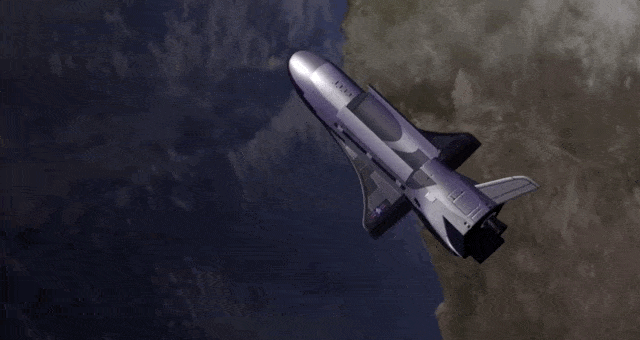The X-37B is a reusable orbital aircraft developed by Boeing and operated by the United States Space Force (USSF) that performs missions in Low Earth Orbit (LEO) at an altitude of 240-800 kilometers. Since its first launch in 2011, its function has remained a mystery. The main purpose of the spacecraft is to test new technologies for long-term space projects.
On December 29, 2023, X-37B began its seventh mission (OTV-7) focused on studying the impact of space radiation and testing Space Domain Awareness (SDA) technologies. During this mission, the spacecraft will apply a series of new maneuvers using aerobraking, a method of lowering orbit by interacting with the upper atmosphere. This helps to reduce speed without significant fuel consumption.
Use of aerobraking in other space missions
Aerobraking is also used to make the aircraft more difficult for other countries to track, as this maneuver allows the X-37B to change its flight path unexpectedly. Previously, similar techniques have been used by spacecraft for Mars missions. For example, in 1997, the Mars Global Surveyor used its solar panels as “wings” to control its movement through the upper atmosphere of Mars. Aerobraking technology was later implemented by Mars Odyssey (2001), Mars Reconnaissance Orbiter (2006), and ExoMars Trace Gas Orbiter (2017-2018).

U.S. Air Force Secretary Frank Kendall said the maneuvers were an important step toward innovation in space security. Chief of Space Operations Gen. Chance Saltzman added that this mission demonstrated the team’s high level of professionalism and dedication.
Secret capabilities of the X-37B
Not much information has been known about the X-37B’s numerous capabilities. However, during the 2019 Aspen Security Forum, former U.S. Secretary of the Air Force Heather Wilson spoke about the vehicle’s ability to avoid detection. The ellipse-like orbit allows the X-37B to approach the atmosphere and rapidly change position, confusing observers. As Wilson noted, that made it difficult for adversaries to predict where it would appear.

Astronomer Jonathan McDowell of the Harvard-Smithsonian Center explained that such trajectory changes force opponents to revise their predictions each time.
Future experiments in Earth orbit
After completion of aerobraking, the X-37B will continue testing, particularly new orbital modes and experimentation with future SDA technologies. An important part of the mission will also be to study the effects of radiation on plant seeds as part of NASA’s Seeds-2 experiment.
Before completing the mission, the X-37B will dispose of part of its service module, complying with international space debris prevention regulations. Afterward, it will de-orbit and return safely to Earth, just as in previous missions.
Earlier we reported on how satellite hunters discovered the secret X-37B spaceplane at an altitude of 38,800 kilometers.
According to phys.org


